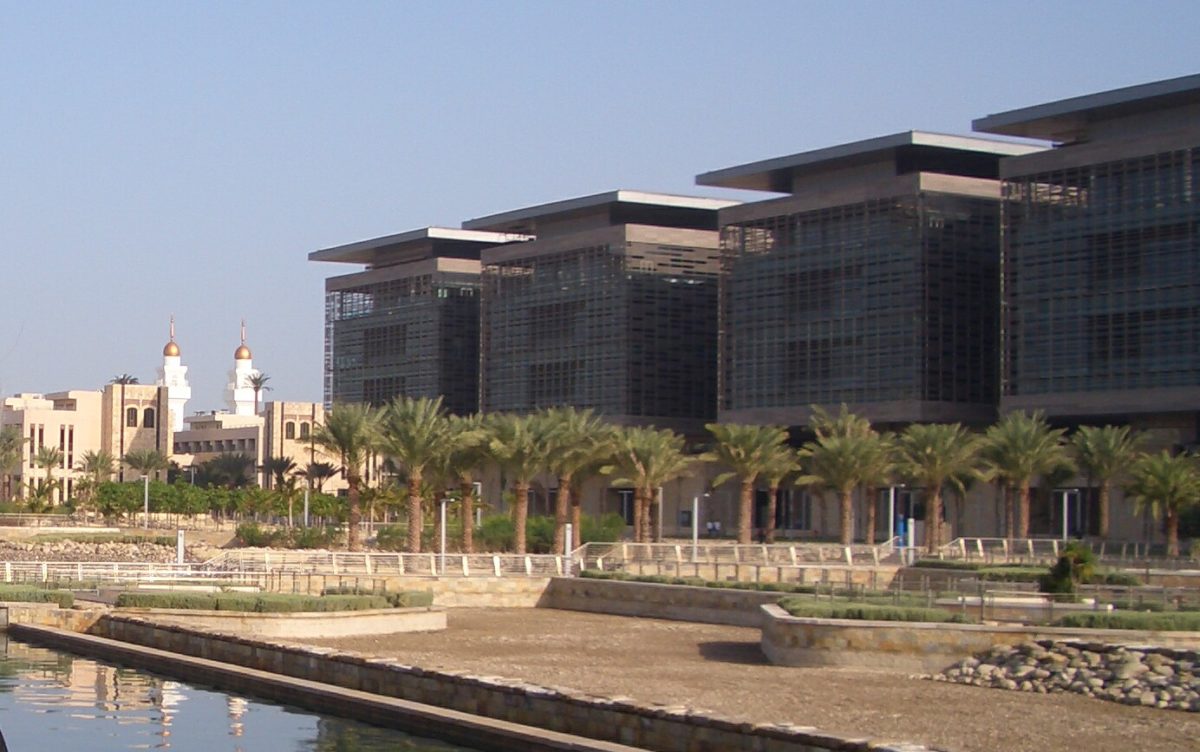Scientists at the Solar Center of Saudi Arabia’s King Abdullah University of Science and Technology (KAUST) claim to have been able to turn a crystalline silicon solar cell into a flexible device. The researchers said the feat was achieved by coating the rear side of a rigid crystalline cell with ecoflex, which they defined as a highly stretchable, inexpensive, biocompatible elastomer.
Using a laser technique, the scientists then cut the cell into rectangular silicon islands which remained glued together by the elastomer applied to the rear of the cell. “Each silicon island remained electrically connected to its neighbors via interdigitated back contacts that ran the length of the flexible solar cell,” the researchers stated.
Triangulation
In their first attempt, during which they maintained the islands’ rectangular shape, the researchers were able to stretch the cell’s surface by around 54% before diagonal cracks occurred in the brittle silicon islands.
Switching to a triangular shape for the silicon islands, the researchers say they were able to stretch the cell’s surface by around 95% while retaining a 19% conversion efficiency. “Using the triangular pattern, we achieve world record stretchability and efficiency,” said research author Muhammad Mustafa Hussain.
The researchers said their material could drive low-cost production of flexible crystalline silicon cells and they are working to improve the multi-directional stretching capability.
This content is protected by copyright and may not be reused. If you want to cooperate with us and would like to reuse some of our content, please contact: editors@pv-magazine.com.




Does this mean that ultimately, ” stretchable ” solar cells via a ecoflex – biocompatible elastomer, can in effect achieve unlimited VERTICAL as well as horizontal Solar Farms when coated on any multistoried CLADDING eg
Skyscapers, Commercial Buildings, Offices, Supermarkets, Shopping Malls, etc ;
Wind Farms particularly OFFSHORE to exploit the REFLECTIVITY of water ;
Highways, Railway Tracks, Airports of Public ( & private ) Transport, Trains, Buses, Motor Vehicles, Aircraft etc